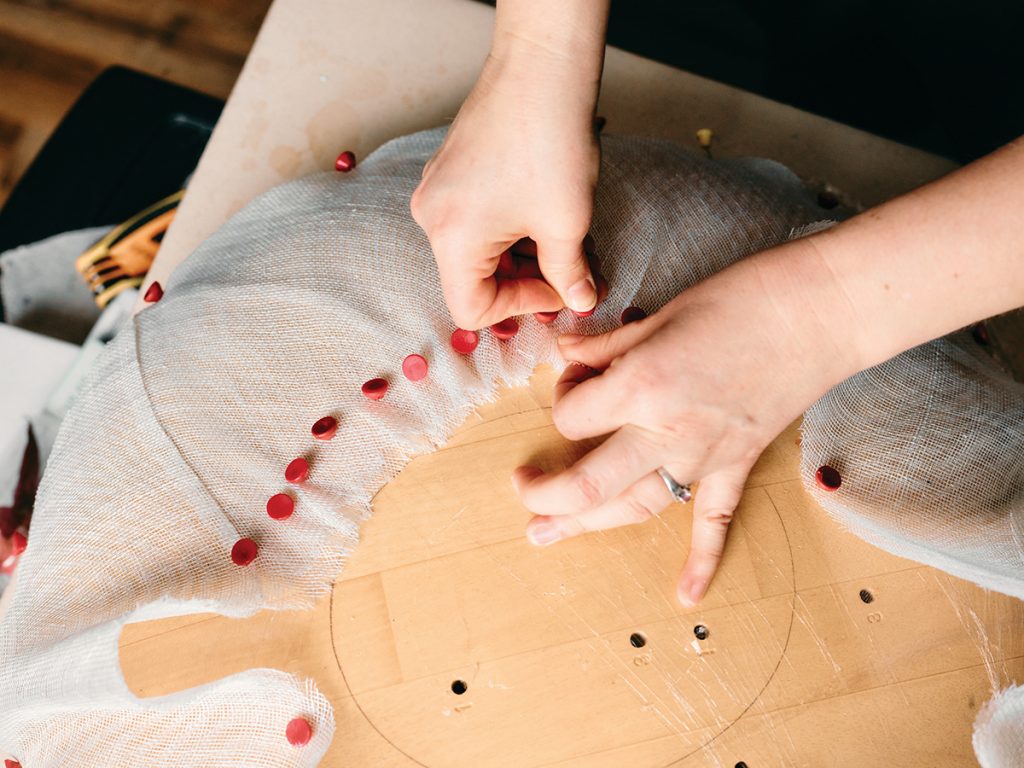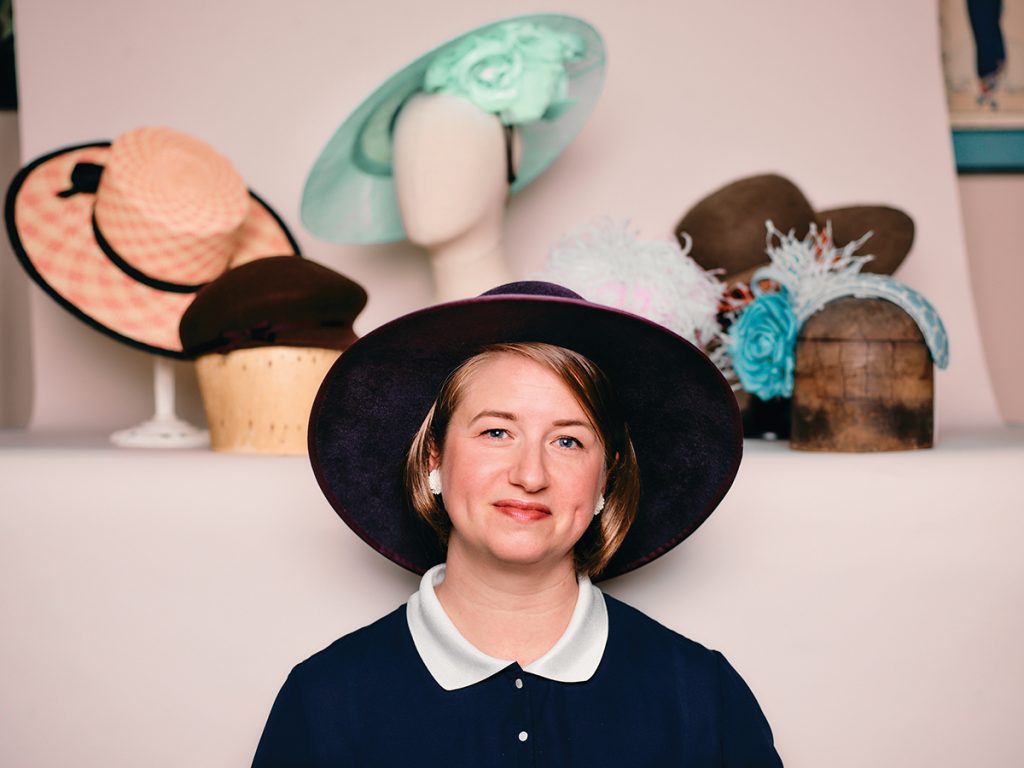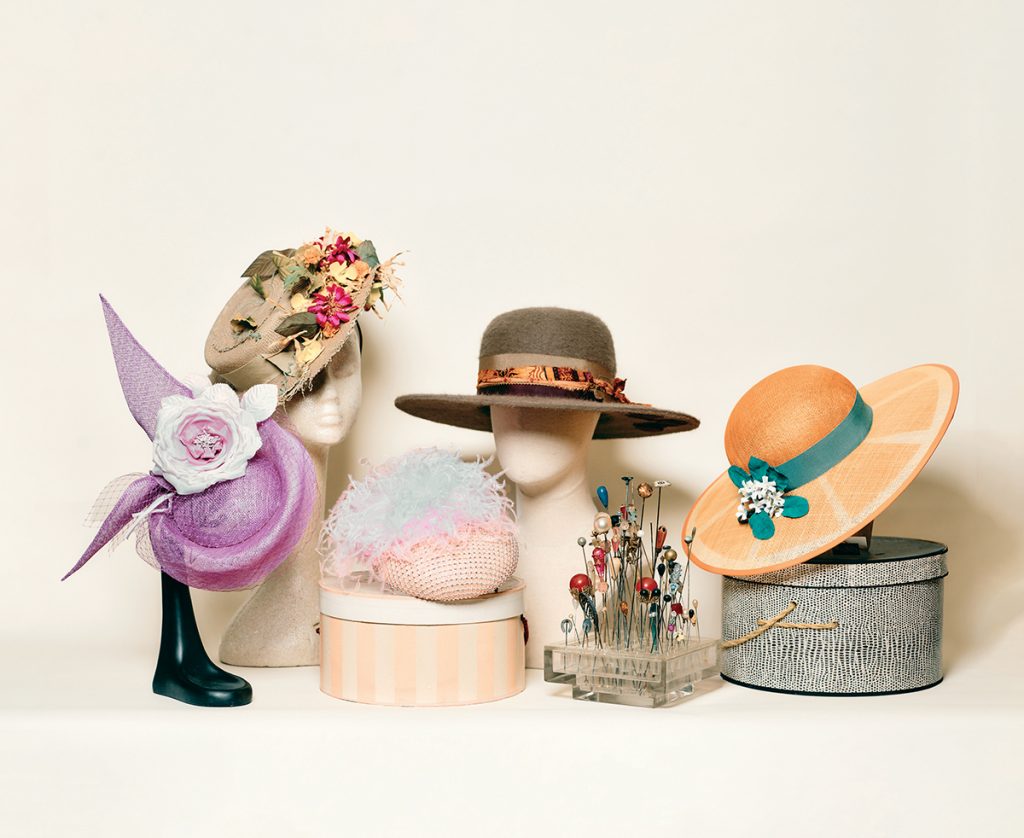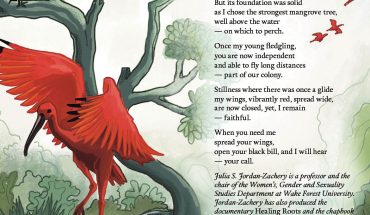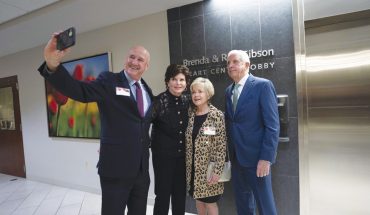Out of her design studio in Garner, this milliner makes hats and headdresses, and retools or repairs family heirlooms.
by Colony Little | photography by Joshua Steadman
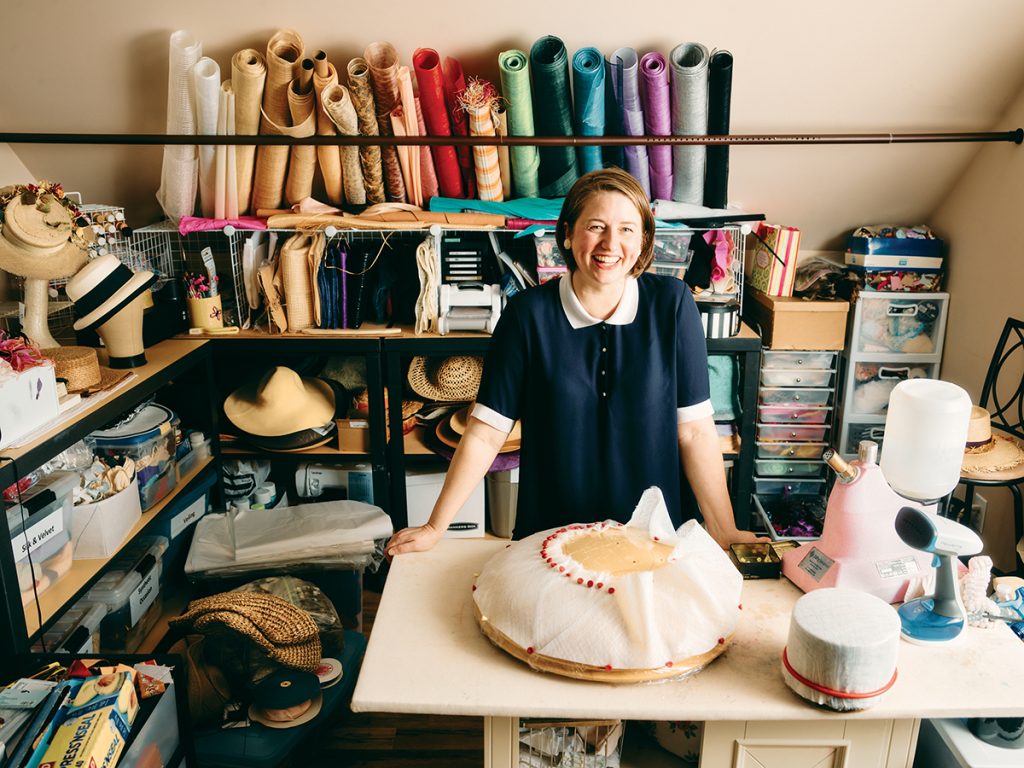
For Katie Allen, a hat is more than an accessory, it’s a statement. “Hats lift and elevate an outfit,” she says. Allen is a hat designer and the creator of Lifted Millinery in Garner, which she launched in 2015. The name of her company originally came out of the phrase “lifted from the pages of history,” but it also speaks to the aesthetic and psychological roles a hat can play in both our appearance and mood — and the fact that hats can make the wearer appear taller.
Allen is part of a small legion of hat designers, known as milliners, who use time-honored traditions of haberdashery to make hats and headdresses. Her hats have roots in historical costume design. Some evoke the styles of the 1920s Jazz Age, like sleek turbans and cloches embellished with pins and feathers or wide-brim hats trimmed with billowing silk ties.
Others nod to the 1960s, like pillbox hats and berets adorned with polka-dot birdcage veils, butterflies and other eclectic accouterments. Contemporary pieces combine bold sculptural shapes or other whimsical themes — Allen styled a recent creation after an archery target, with feather-tipped arrows piercing its crown.
Allen grew up on a farm in the Shenandoah Valley in eastern Virginia. She learned to sew from her mother, making clothes for her Barbie dolls as early as 5 years old — not that it sparked a passion, at the time. “My mom would try to teach me and get frustrated,” Allen laughs. “I once told her that I’d never have a job where I sewed, which now is just funny.”
The two also watched classic 1960s movie musicals like My Fair Lady and The Music Man, which instilled in her a love for theater. “I loved the hat shop in Hello Dolly!,” Allen says. That passion extended into a love for vintage clothing, antique textiles and theater. She studied theater design and production, with an emphasis on costume design, at Shenandoah University.
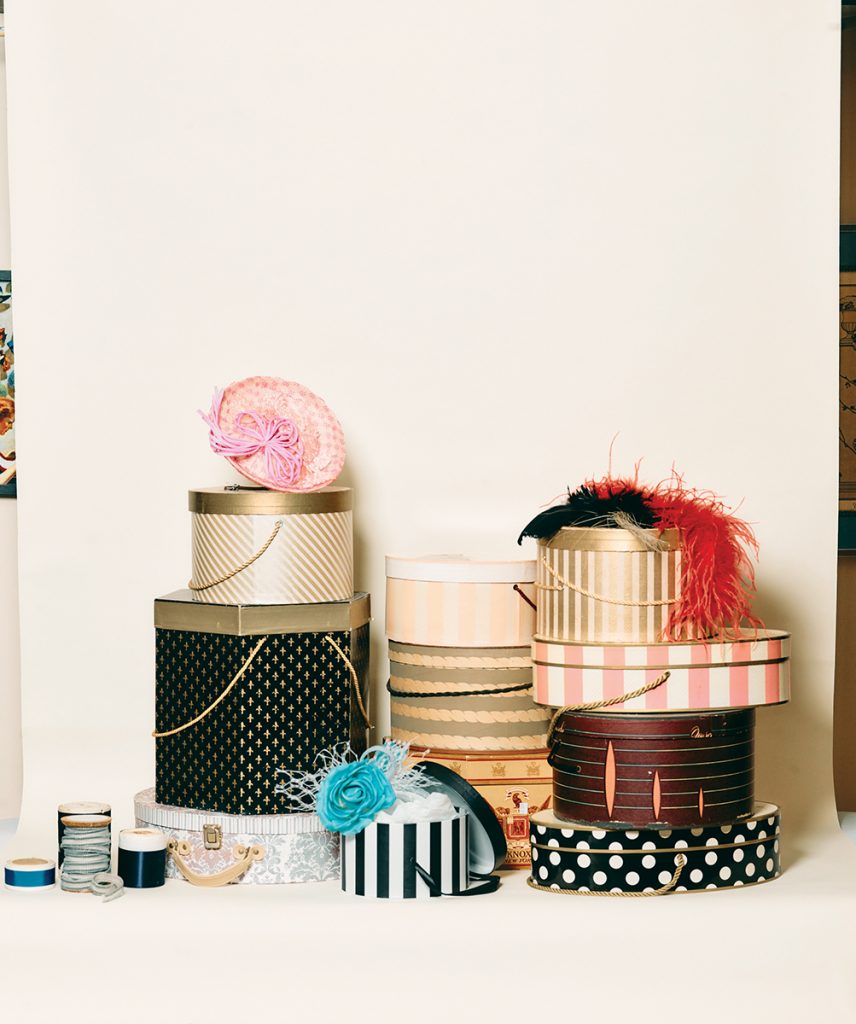
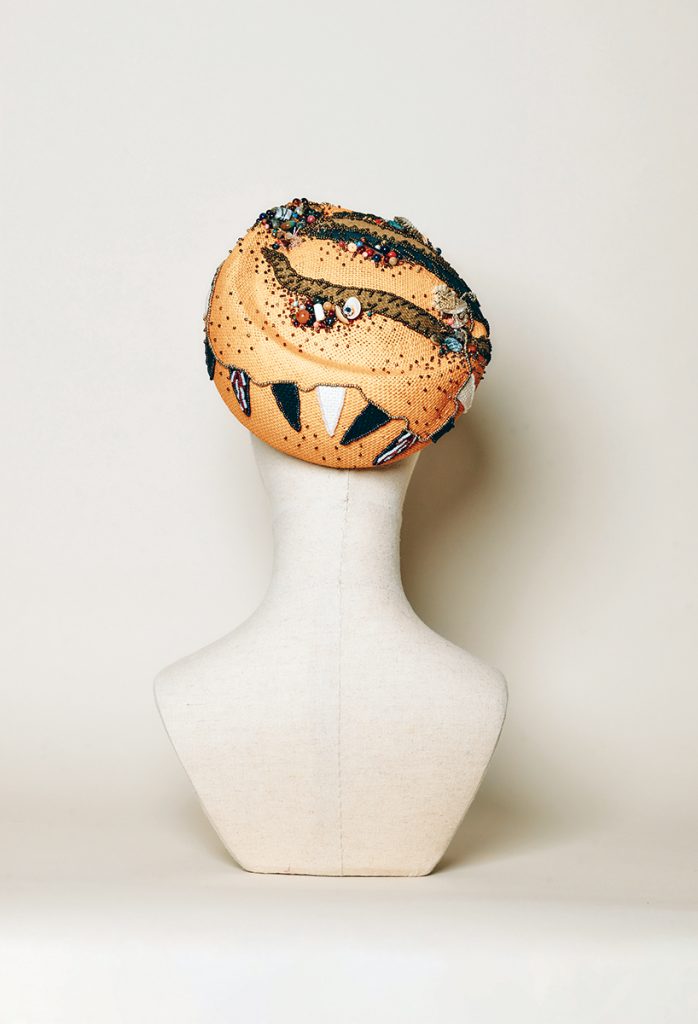
After graduating in 2004, she worked in costume design, but when the recession hit a few years later, she left design behind for more stable pursuits in project management and sales for an elevator company.
But Allen didn’t abandon design work completely. After relocating to Wilmington with her husband, she continued her theatrical and garment design work in her spare time, working on projects for independent film productions and regional theater.
While doing so, Allen discovered an unmet market demand. “The one thing that people kept asking for were hats, because they had trouble finding exactly what they wanted,” Allen says. Finally, her husband and a friend convinced her to make a go for it as a business. She transformed a guest room in her home into a milliner studio, filled with all the accouterments she needed.
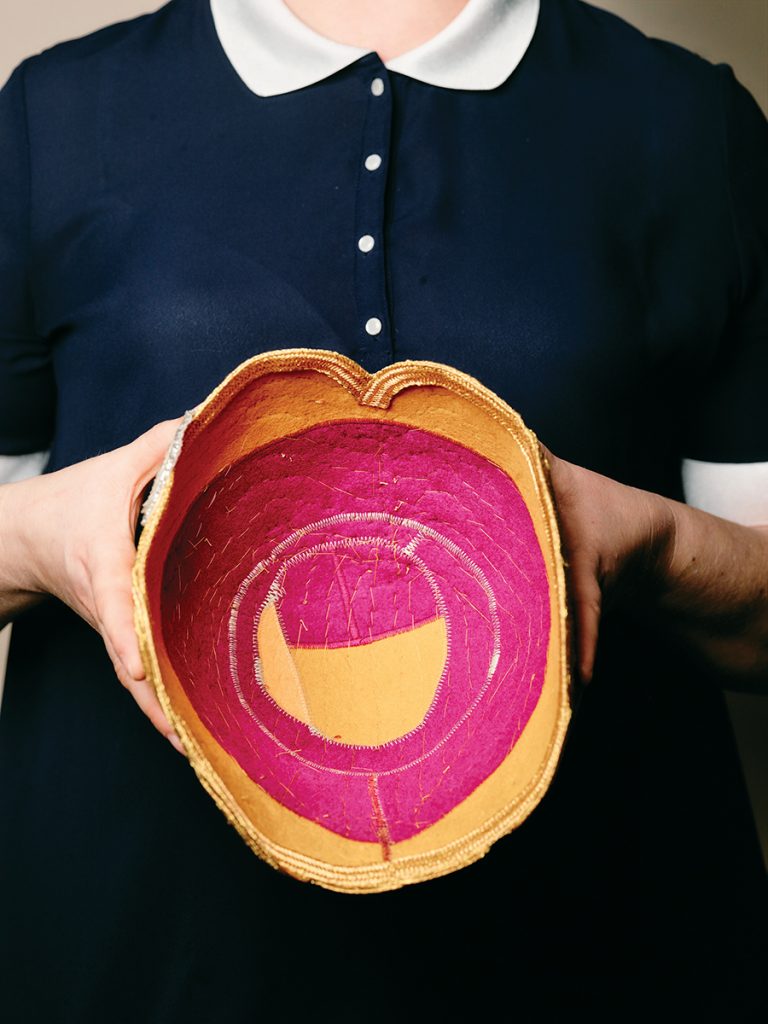
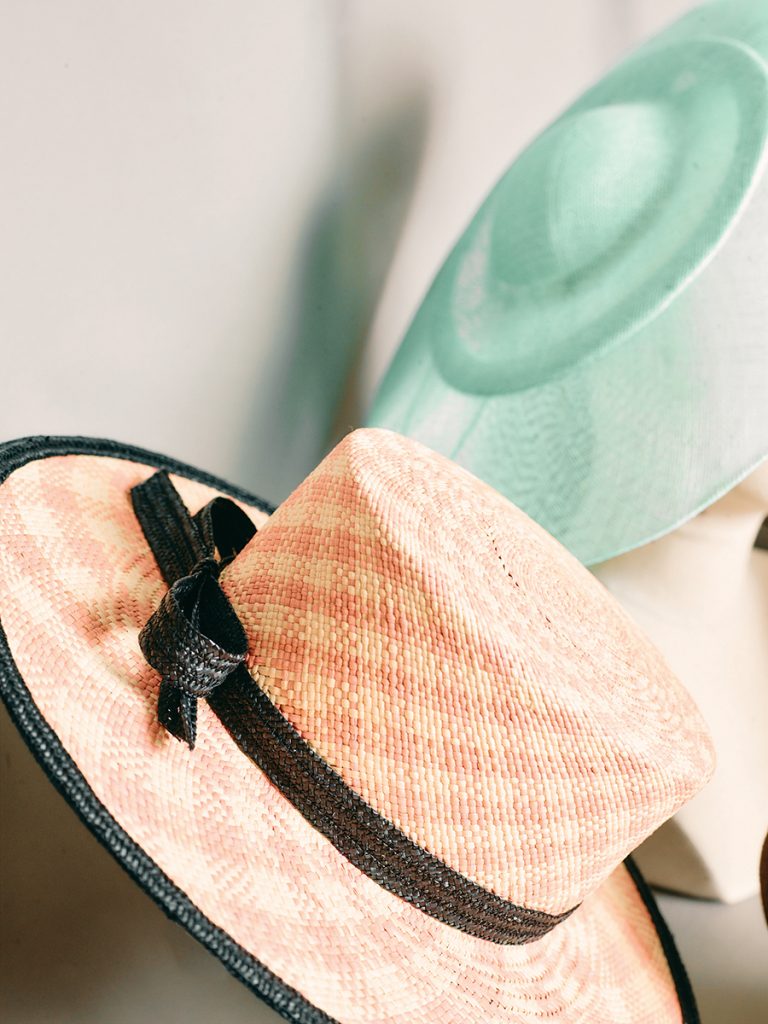
The process begins with selecting a hat block, which dictates the shape of the headpiece — say, whether it’s a fascinator, fedora, cloche or derby hat. Then the hat material is selected; options include felt, straw and sinamay, a strong woven fabric made from the stalks of banana trees.
The fabric is then shaped through a process called blocking, which involves pinning the material into place on the hat block and applying a combination of heat and steam to set the shape. Then the hats are embellished with trims including ribbons, flowers, beads, feathers, hat pins and other treasures that Allen sources and collects from vintage stores.
Shortly after creating the Lifted Millinery brand, Allen and her family moved to the Raleigh area, where she’s been running it out of her home design studio. “We have a wonderful, vibrant community of people here who are really interested in locally made, handmade quality items,” she says.
In addition to making hats from scratch, Allen restores vintage hats. It can be an intimate process. “I end up connecting with a lot of people through their stories.
Hats have such a history, especially if they’ve been given as a gift,” she says. She describes one she’s currently working on, which was badly water-damaged. “It was my client’s grandfather’s and it has a lot of sentimental value,” she says. Because the material is good, she can rework it: “The person who created it put a lot of care into it, they hand-stitched everything and there’s no glue involved.”
Sometimes, refurbishing a hat can take the form of reblocking the hat to restore the original design or replacing materials that have faded or torn. Other times she will take a vintage hat and use it to create an entirely new design. She describes a 1960s fur felt hat that had belonged to a client’s grandmother. “It was made to sit high up on the head perched on top of a bouffant style — I took it apart, blocked it and we trimmed it to make it a nice cloche,” she says.
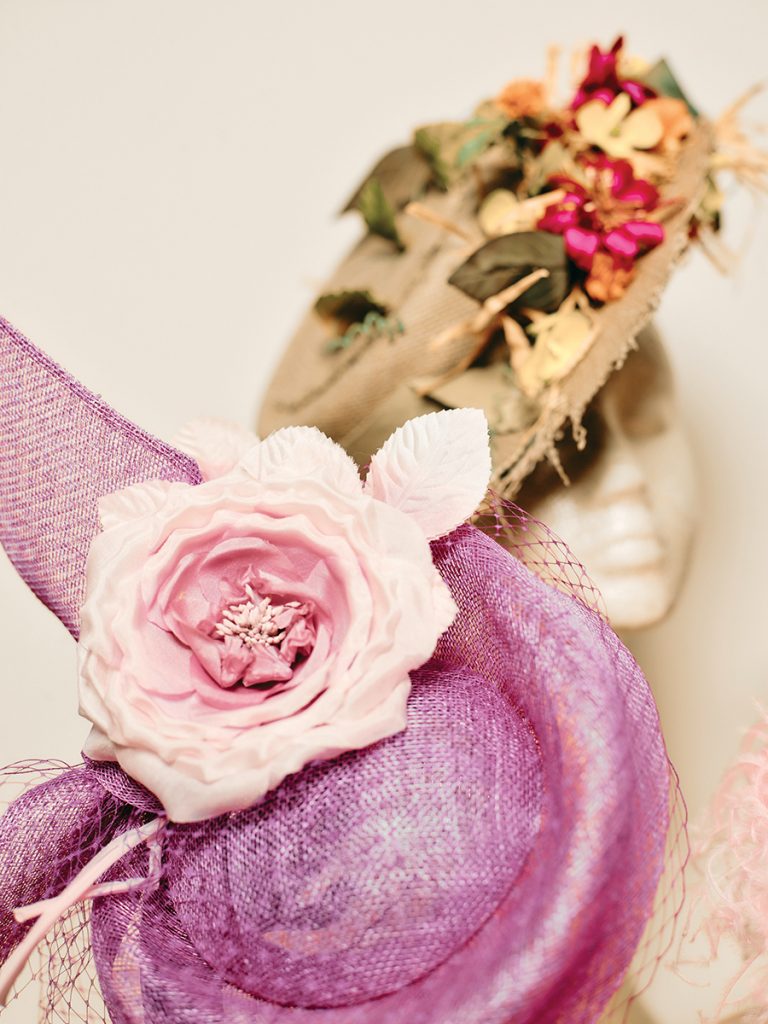
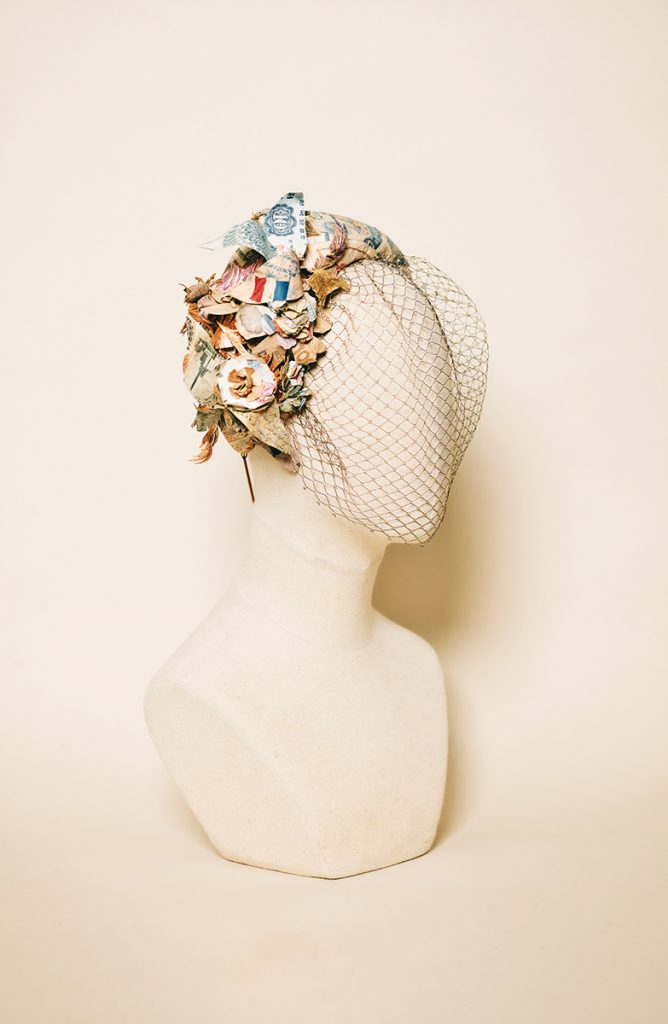
Recently, Allen has been reworking a lot of bridal hats. “Customers will bring me big, 1980s beaded tulle bridal hats and I can turn them into chic fascinators that work for today, and they, in turn, can be remade into something else in the future,” she says.
Spring is her busiest season, between the Kentucky Derby, Easter and weddings. In the fall, clients will contact her to design winter hats for themselves or to give as gifts during the holidays, and year-round, she keeps busy making hats for film, theater and photo shoots.
Photographer Anke Sturhahn-Humphreys has used many of Allen’s hats. “She understands my aesthetic and she immediately picks up what I’m looking for and comes up with the most beautiful designs,” says Sturhahn-Humphreys.
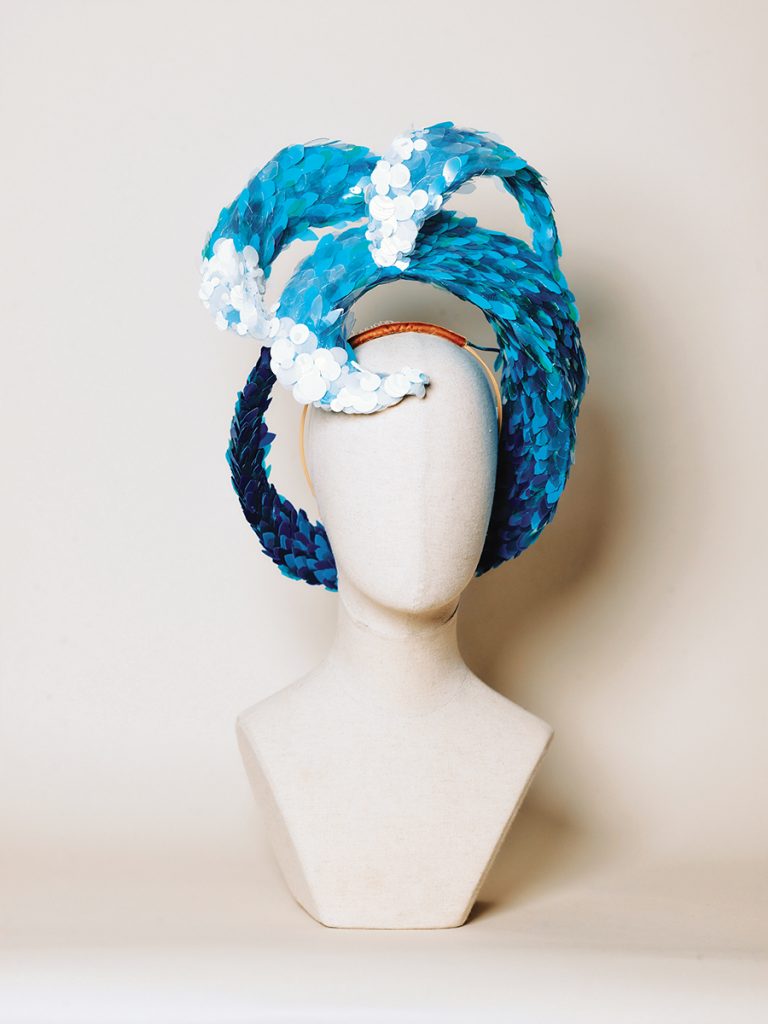
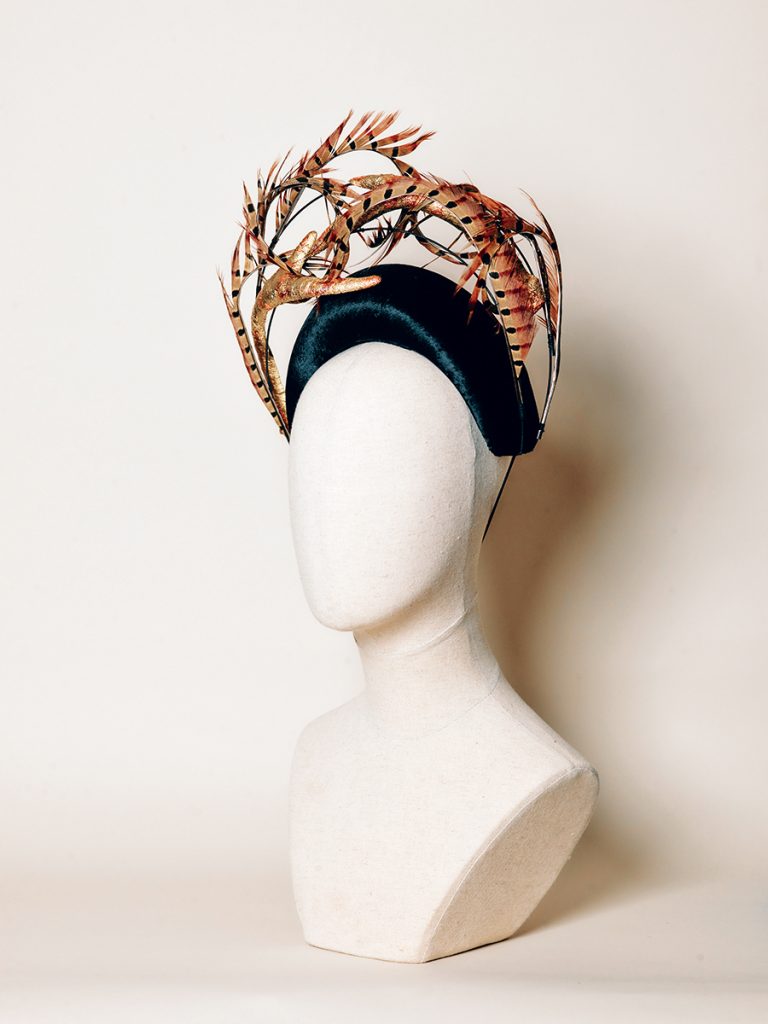
Allen is an active board member of the Milliner’s Guild, an organization that celebrates the art through events like hat competitions and museum exhibitions. It’s part of her dedication to trying to get more people to embrace hats — whether they’re buying from her or someone else. “If at all possible, go to a milliner or hat maker who can advise you on how to fit it correctly to your head,” she says. “It’s like searching for a good pair of jeans or a good pair of shoes: you have to look until you’re completely satisfied.”
Some people may feel shy about wearing hats, but through the design process, Allen helps customers see their style as a powerful form of self-expression. This attention to detail and collaboration is at the core of Allen’s mission as a milliner: “My goal is for hats to come back into prominence as a well-considered item in someone’s wardrobe.”
This article originally appeared in the April 2024 issue of WALTER magazine.

